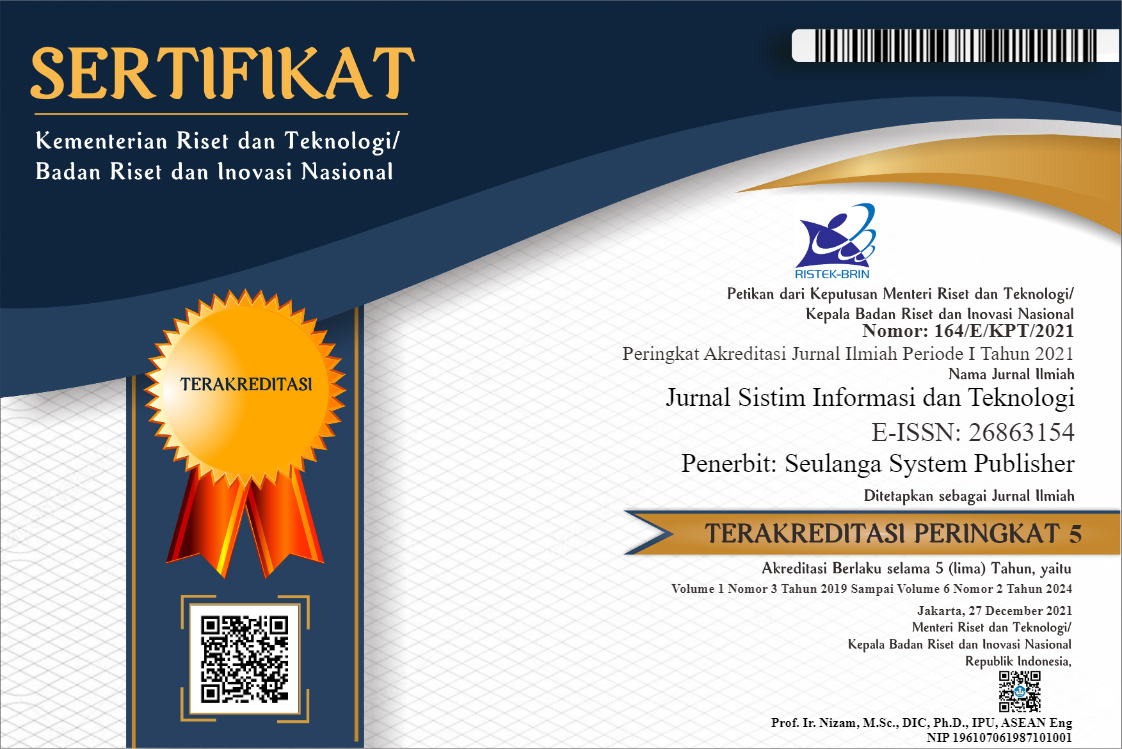The Application of Exponential Comparison Method and Analytical Hierarchy Process to Analyze Supply Chain Performance
DOI:
https://doi.org/10.37034/jsisfotek.v5i1.201Keywords:
Fruit, Supply Chain, Analytical Hierarchy ProcessAbstract
The purpose of this research is to map the structure of the fruit supply chain, determine the fruit supplier that best meets the criteria, measure the performance of the fruit supply chain management, and recommend improvements to the fruit supply chain management performance. This research uses the descriptive analysis method for mapping fruit supply chain structure, the Exponential Comparison Method (MPE) for selecting the best supplier, the SCOR model, the Analytical Hierarchy Process (AHP), and Snorm de Boer normalization for measuring fruit supply chain management performance in a period of 1 month, as well as a fishbone diagram to recommend performance improvements. Based on the research results, it is known that members of the fruit supply chain consist of 50 suppliers (fruit and packaging), 4 sub-distributors, 240 retail stores, and 800 resellers. Based on the MPE analysis, there are five selected local and imported fruit suppliers. Based on the results of performance measurements, the fruit supply chain management is good, except for two processes, namely procurement and production, so six practices are recommended that can be implemented by the company.
References
Chauhan, C., Dhir, A., Akram, M. U. I., & Solo, J. (2021). Food Loss and Waste in Food Supply Chains: A Systematic Literature Review and Fremework Development Approach. Journal of Cleaner Production, 1-14.
Gardjito, M., & Swasti, Y. R. (2014). Postharvest Physiology of Fruits and Vegetables. Yogyakarta: Gajah Mada University Press.
Hill R. P. & Nydick, R. (1992). Using the analitic hierarchy process to structure the supplier selection procedure. International Journal of Purchasing and Materials Management, 28(2), 31-36.
Hendy, T., Resdiansyah, R., Johanes, F. A., & Rustono, F. M. (2020). Exploring the role of ICT readiness and information sharing on supply chain performance in coronavirus disruptions. Technol. Rep. Kansai Univ, 62, 2581-2588.
Limei, H., Tannady, H., & Nurprihatin, F. (2018). Meminimumkan Biaya Transportasi pada Capacitated Vehicle Routing Problem dengan Metode Heuristik. SEMRESTEK 2018, 605-613.
Parfitt, J., Barthel, M., & Macnaughton, S. (2010). Food Waste within Food Supply Chains: Quantification and Potential for Change to 2050. Philosophical Transactions of the Royal Society of London B: Biological Sciences, 365(1554), 3065-3081.
Pujawan, I. N., & Mahendrawati. (2017). Supply Chain Management Edition 3. Yogyakarta: ANDI.
Sharma, M. K., Bhagwat, R., & Sharan, G. (2005). Practice of Performance Measuremnet: Experience from Indian SMEs. Internation Journal of Globalization and Small Business, (2), 183-213.
Shukla, M., & Jharkharia, S. (2013). Agri-fresh produce supply chain management: a state-of-the-art literature review. International Journal of Operations dan Production Management, 33(2), 114-158.
Tannady, H. (2019). Process improvement to reduce waste in the biggest instant noodle manufacturing company in South East Asia. Journal of applied engineering science, 17(2).
Downloads
Published
How to Cite
Issue
Section
License
Copyright (c) 2022 Jurnal Sistim Informasi dan Teknologi

This work is licensed under a Creative Commons Attribution 4.0 International License.









